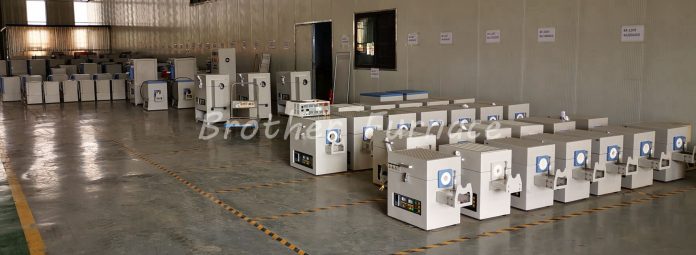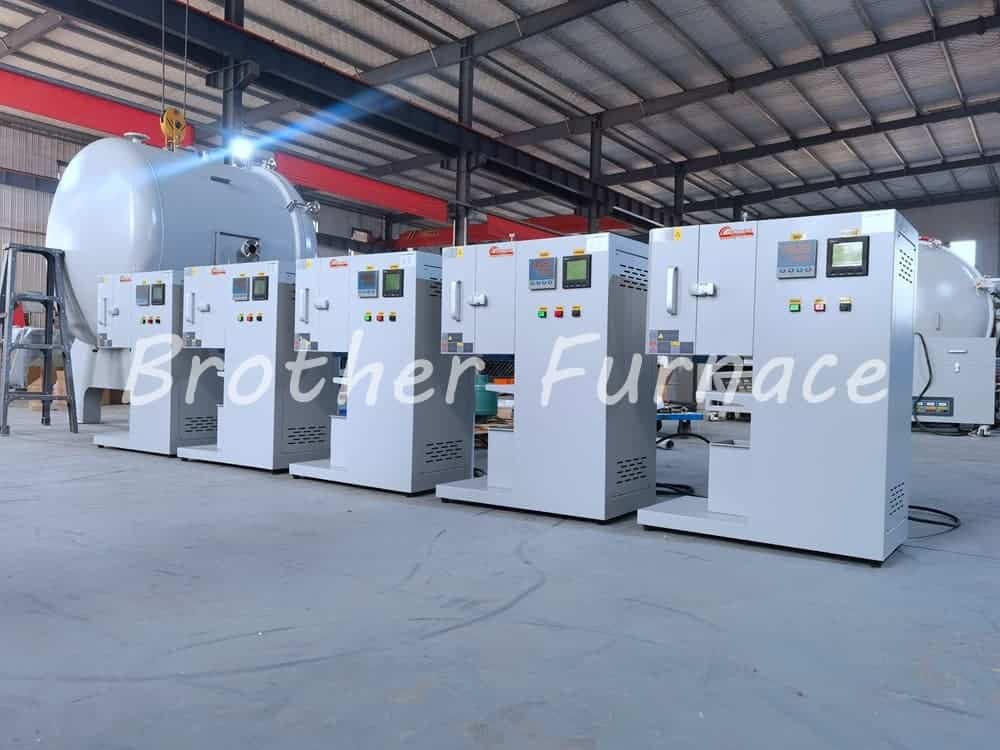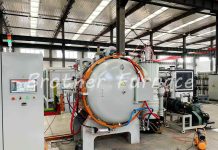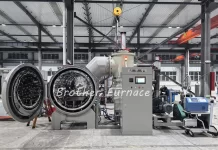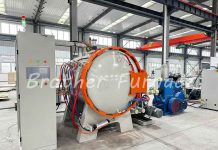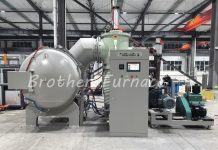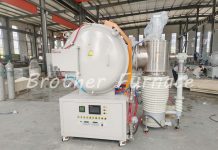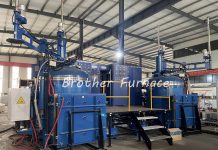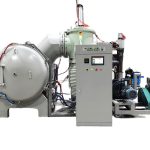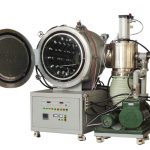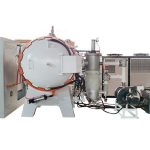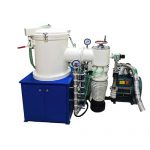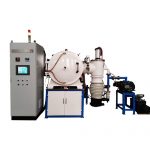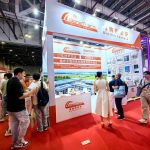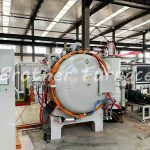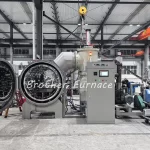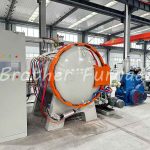When purchasing a tube furnace for laboratory research, industrial processing, or material synthesis, one critical question arises: How much does a tube furnace cost? As a leading tube furnace manufacturer, we provide a comprehensive overview of factors influencing pricing and what you can expect in 2025.
What Determines the Tube Furnace Price?
A tube furnace is designed to heat materials uniformly within a cylindrical chamber, often under controlled atmospheres. Its price varies significantly based on specifications, components, and advanced features. Below, we break down key factors affecting the cost:
1. Furnace Tube Material
The tube material defines temperature limits and compatibility with processes. Common options include:
- Stainless Steel Tubes: Used for lower-temperature applications up to 1000°C.
- Quartz Tubes: Ideal for temperatures up to 1200°C and corrosive environments.
- Alumina Tubes: Suitable for 1600°C with excellent thermal stability.
High-purity materials or custom coatings (e.g., silicon carbide) increase costs but enhance durability and performance.
2. Heating Elements
The choice of heating elements impacts both temperature range and efficiency:
- Heating Wire: Cost-effective for temperatures up to 1200°C.
- Silicon Carbide Rods (SiC heating elements): Reach 1400°C Max.
- Molybdenum Disilicide (MoSi2 heating elements): Operates up to 1800°C, ideal for high-temperature research.
Advanced elements like MoSi2 or segmented designs for uniform heating add to the price.
3. Temperature and Gas Control System
Precision control ensures repeatability and safety:
- Basic PID Controllers: Affordable but limited to simple temperature profiles.
- Programmable Touchscreen Controllers: Support multi-step protocols, data logging, and remote monitoring via software.
- Atmosphere Control: Integrated gas flow systems (e.g., inert gas or vacuum) for specialized applications.
- CVD and PECVD: These two kinds of tube furnaces are more expensive.
Advanced controllers and gas-handling modules significantly raise costs but are essential for complex experiments.
4. Heating Zone and Configuration
Heating zone size: Compact for small samples, or larger diameters and lengths for bulk processing. A larger heating zone size is more expensive.
Custom configurations: horizontal, split, vertical, rotary, tilting, and multi-zone also influence pricing.
5. Vacuum System
The higher the vacuum degree, the more expensive the price. The Max. vacuum we can do is 7×10-4 Pa.
Summary
The tube furnace price in 2025 depends on your specific needs: temperature range, tube material, control precision, size, and specialized features. Investing in higher-quality components ensures longevity, accuracy, and adaptability to future projects.
We can give you a rough price here, our cheapest price for a tube furnace is under $1200.
For a precise quote tailored to your application, please contact us. We’ll provide expert guidance and competitive pricing to meet your budget and technical requirements.
Learn more about our Tube Furnaces:
Follow us on Facebook

